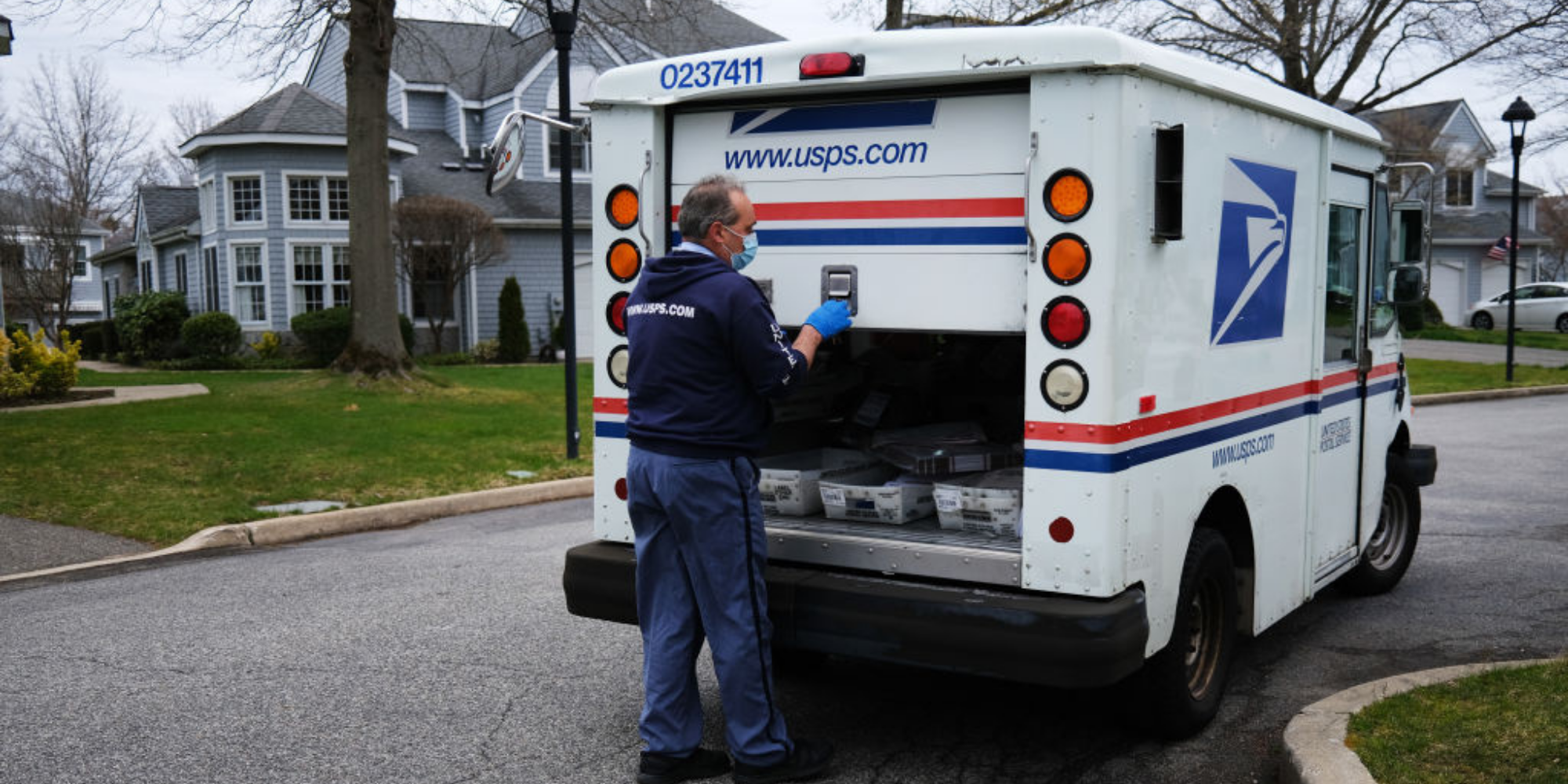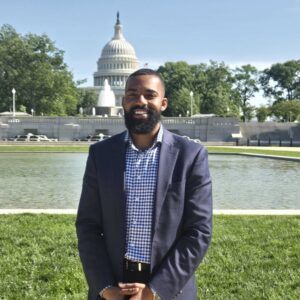By Rivka Liss-Levinson, PhD (Senior Research Manager, MissionSquare Research Institute)
When the Greek philosopher Heraclitus observed that “change is the only constant in life,” it’s unlikely he was envisioning anything like the pace of change we are watching unfold as the COVID-19 pandemic continues to wreak havoc around the world. As of June 30th, Centers for Disease Control and Prevention (CDC) data showed a seven-day moving average of 13,434 new cases of COVID-19 across the U.S. Just one month later, the seven-day moving average had jumped to 72,493 new COVID-19 cases nationwide. In contrast, over that same time period, the CDC reports that the seven-day moving average number of COVID-19 vaccination doses delivered across the U.S. decreased from 559,242 to 509,305. While vaccination rates have started to increase again in recent days, daily doses delivered are still well below averages from earlier this spring.
As CDC guidelines on masking have shifted in response to the highly contagious delta variant, a growing list of states, localities, school systems, businesses, and the federal government are re-instituting indoor mask requirements and considering vaccine mandates and/or more rigorous testing for the unvaccinated as a condition of employment or attendance.
Many of the nearly 19 million Americans who are employed by state and local governments have been on the front lines throughout the pandemic, ensuring that residents of their communities continue to receive essential services. From K-12 educators to emergency medical technicians, public works, public safety and public health professionals, these men and women have played a critical role in ensuring that the country continues to run and have provided needed programs and activities despite considerable challenges.
Learn More
Want more MissionSquare Research Institute COVID-related resources.?
The adaptability and dedication that these individuals have shown over the past sixteen months has been commendable. It has also taken a significant toll on their morale and well-being.
Since May of 2020, MissionSquare Research Institute (formerly the Center for State and Local Government Excellence) has conducted a series of national surveys to better understand the impacts of the COVID-19 pandemic on state and local government workers’ finances, morale, health and safety concerns, and employment outlook. The most recent results, from a May 2021 survey of more than 1,200 state and local workers, are contained in the newly-released report, “2021 Updated Survey Results: Public sector employee views on finances and employment outlook due to COVID-19.”
Among the key findings, 70% of state and local government workers were fully vaccinated as of May 2020, and another 6% were partially vaccinated. The most influential factors in the decision to get vaccinated were ensuring their own personal health (63%), ensuring the health of friends and family (58%), and having the freedom to travel without worry (26%).
Positive morale regarding work among state and local government employees increased during the past six months, from 41% in October 2020 to 56% in May 2021. Thinking about their job going forward, survey respondents were most concerned about keeping their family safe from contracting COVID-19 (81%) — this percentage has remained above 80% since May 2020.
While 60% report that they value serving their community during this difficult time, 31% say that working during the pandemic has made them consider changing jobs. One in four considering changing jobs would like to leave the government sector entirely.
With regard to the financial impact of the pandemic, 41% of state and local government employees say they and their families have been negatively impacted financially by the COVID-19 pandemic. Nearly one in three (31%) have had to take on more debt since the start of the pandemic, and 38% of those with an emergency fund have had to spend money from it during the pandemic to make ends meet.
When it comes to employment outlook, 76% of respondents reported that the COVID-19 pandemic has impacted the nature of their job (i.e., what they do, where they work, how they go about the tasks required). Of those, 31% say that it has been extremely or very difficult to adjust to those changes. One main change has been the percentage of state and local employees who are working in person, which has more than doubled over the past year (from 26% in May 2020 to 58% in May 2021). Of those engaged in any in-person work,74% consider it at least somewhat risky in terms of their potential exposure to people who may have COVID-19.
So, what can public sector leaders do to help their workers going forward?
One idea can be found in the recommendations coming straight from state and local government workers themselves. When asked to describe in their own words one or two realistic actions their employer could take to make their organization a better place to work, the top three responses were:
- Issue bonuses or raises (21%)
- Allow work from home/remote work and flexible hours (20%)
- Promote safety by following Centers for Disease Control and Prevention (CDC) guidelines and providing/enforcing the use of personal protective equipment (17%)
While it certainly may not be feasible for all employers to implement all of these recommendations (for example, making budget adjustments in the middle of the year can be difficult – although recent Federal support enables this; preemption laws can preclude the adoption of certain safety measures), the suggestions are telling in terms of employees’ priorities: their financial security, flexibility, and their personal health and the health of their families.
As employers think about what actions they can take, those who keep these priorities in mind and work towards addressing these goals are likely to have a competitive advantage when it comes to recruitment and retention of talented workers, issues that were already challenges for the public sector prior to the onset of the pandemic.
To learn more about specific approaches state and local governments can take as they face challenges and opportunities in retaining current staff while recruiting the next wave of high-quality employees with essential skill sets, join NLC and MissionSquare Research Institute for a webinar on August 19th at 2pm, “Strategic Local Government Workforce Management in the Wake of the Pandemic.” Register here.









